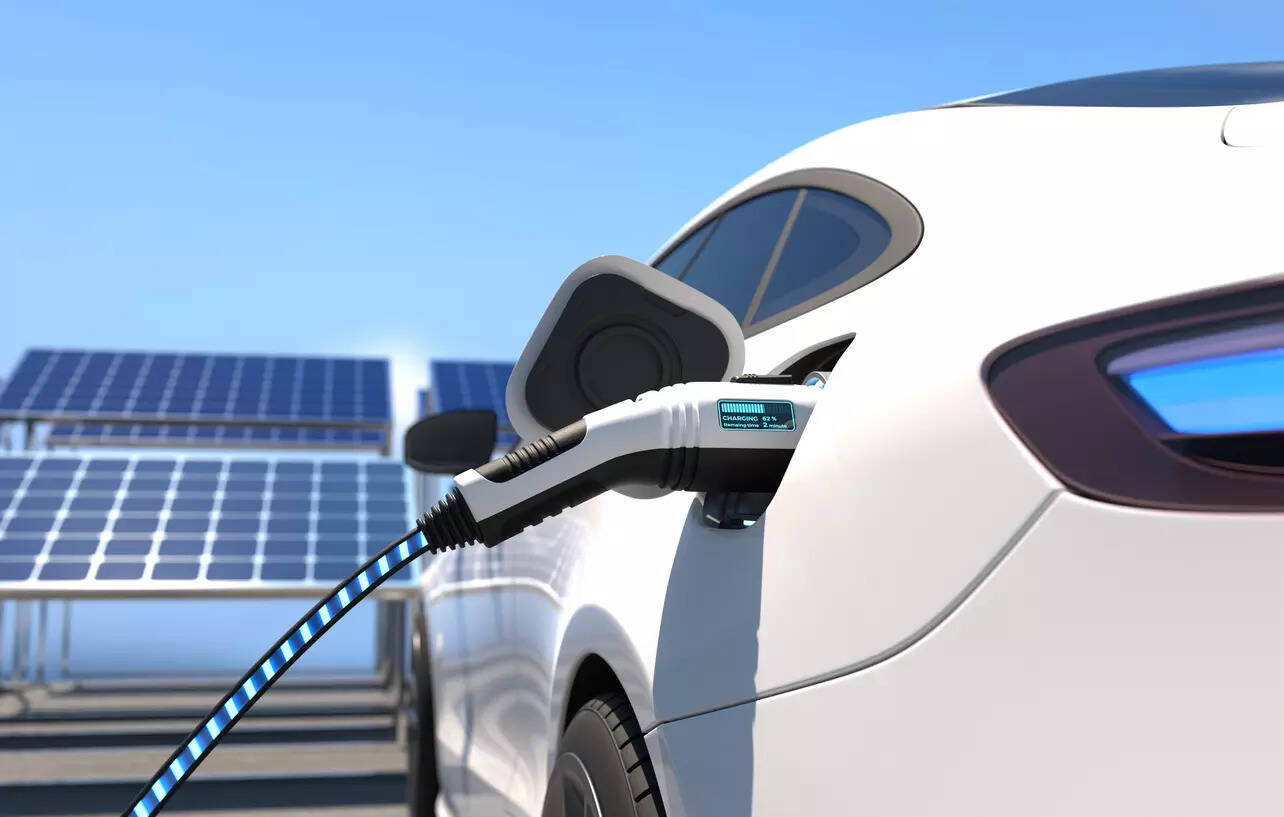
The world is tackling the distressing climate change landscape, from glaciers melting in Antarctica, volcanic eruptions in Iceland to frequent cloud bursts in India. Navigating climate change and its devastating consequences require the collective participation of nations and leaders.
India has been proactively working to reduce the two major elements- Carbon Footprint and Greenhouse Gas Emissions, which considerably contribute to climatic disruptions. In tandem with its commitment, India along with other countries at the COP26 conference last year, took a pledge to achieve Zero Emission Vehicles by 2040 and a Net-Zero Emission by 2070.
Amongst the broad spectrum of pathways that India could choose to move forward with this noble endeavour, the country has witnessed an unprecedented uptake of electric vehicles (EVs) as the immediate solution to accomplish the net-zero target. Presenting a pedal to the metal push and ubiquitous adoption due to its zero carbon emission, India’s automotive sector is transitioning to sustainable mobility.
Integration of EV industry and carbon credit: Carbon Credit is one of the most popular and commonly used legally tradable certificates to nullify greenhouse gas emissions, wherein one carbon credit is equivalent to one metric tonne of carbon dioxide reduction from the eco-space. EVs have emerged as game-changers, instrumental in producing carbon credit as they replace fossil fuel-based vehicles with electricity-driven mobility solutions, sourcing energy from renewable projects or less-intensive carbon fuels.
In the context of EVs, the mobility industry employs two different methodologies to generate carbon credit- Clean Development Mechanism (CDM) and Voluntary Carbon Standards (VCS). The methodology available in CDM is used for operation or charging of electric and hybrid vehicles for delivering passengers and freight transportation services. On the other hand, methodology in VCS is leveraged for project activities like charging station inauguration and corresponding infrastructure.
Carbon credits for EV acceleration: Refurbished charging infrastructure can provide carbon credits by utilising renewable energy sources to power EVs. Further, EV providers and Infrastructure developers can leverage this opportunity to generate additional revenues from carbon credits, attaining a higher return on investment. While this is relatively new in the country but possesses great potential for EV charging system owners, who can both validate their charging stations for producing credit and as well as monetise the same.
This will not only mitigate the impact of using Internal Combustion Engines but will also offer a chance for increased climate action by inviting investment and scalability in the EV landscape. Furthermore, the monetisation of carbon credit will attract additional revenue in the EV market, ushering more business to enter in the industry. Thus, this interconnected network between charging infrastructure, carbon credit and EV adoption will only continue to grow in the coming years.
Intervention for EV movement : In sync with rising climate concerns, the Government has undertaken a plethora of initiatives to facilitate the adoption of EVs. The ‘Go Electric’ initiative has been successful in imparting awareness about the benefits of EV, as well as pushing the development of EV charging infrastructure generating carbon credit to boost EV adoption. Other campaigns like ‘Shoonya’ have contributed to encouraging the adoption of zero emission EVs for last-mile delivery.
Witnessing the seismic transition in consumer’s mobility perspective, with an astounding number of automobile users searching for eco-friendly solutions, EV lenders are increasingly leveraging this opportunity. By delivering lending services for EVs to the underserved segment, EV providers have opened a whole new market. Further the increasing collaborations between Government and private players has expedited the fostering of robust EV infrastructure for generating Carbon Credit.
Way Ahead
While a Carbon Credit system exists in the country, it’s time that we take efficient steps to revolutionise it from the foundation itself. By utilising digital platforms, we can create an automated system, wherein every person’s GHG emissions could be tracked through a unified comprehensive platform. Furthermore, by delivering customers greater incentives for higher credit scores, we can enhance EV adoption rate, and encourage mobility users to participate in the government’s mission towards an E-mobility driven country.
(Disclaimer: Brajendra Singh Tomar is the co-founder and CEO of Finayo, an AI-enabled SaaS technology green mobility ecosystem service provider. Views are personal.)

